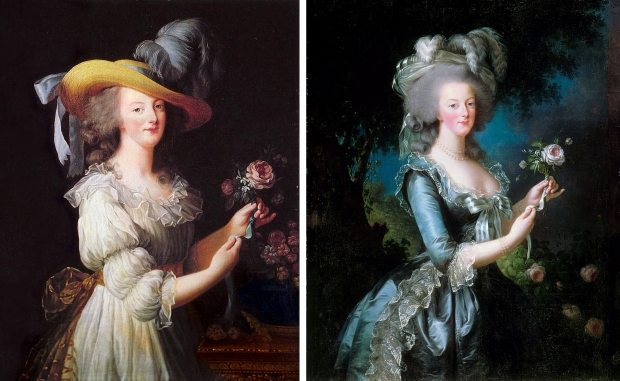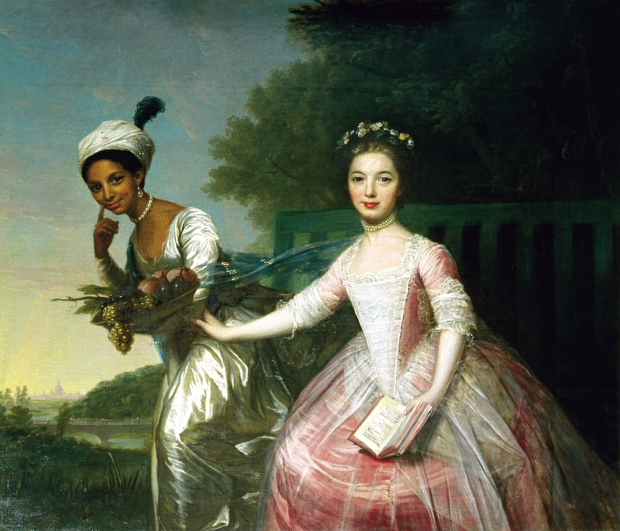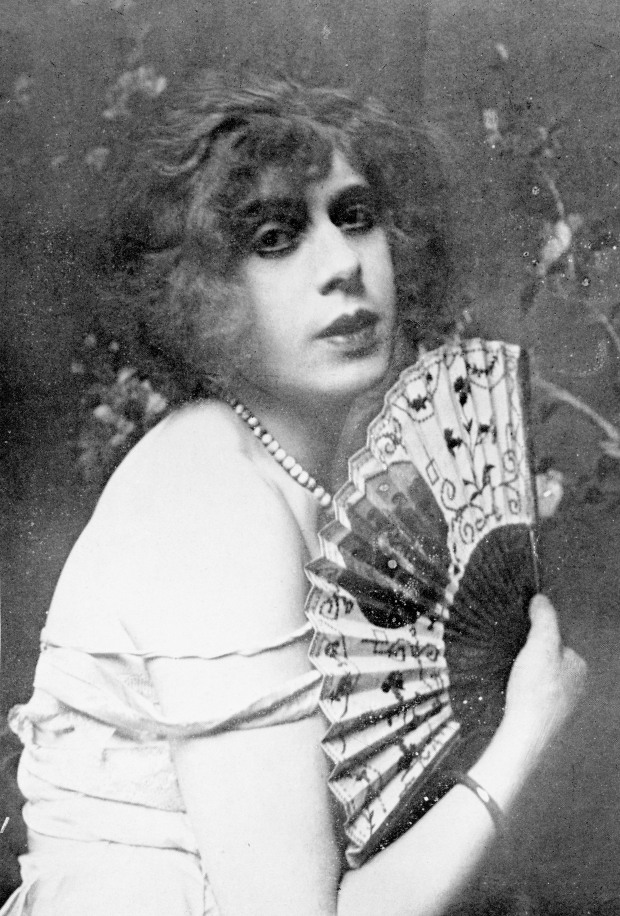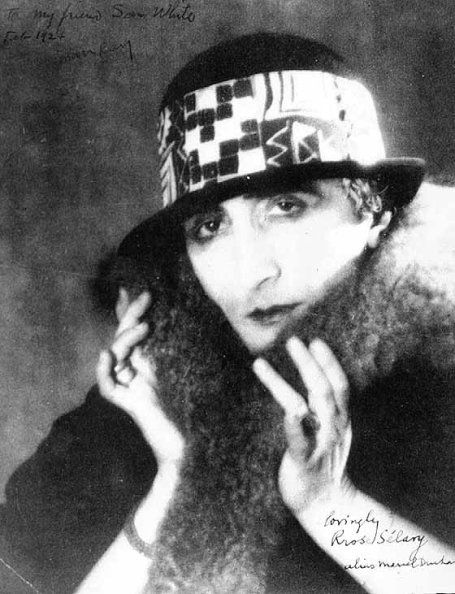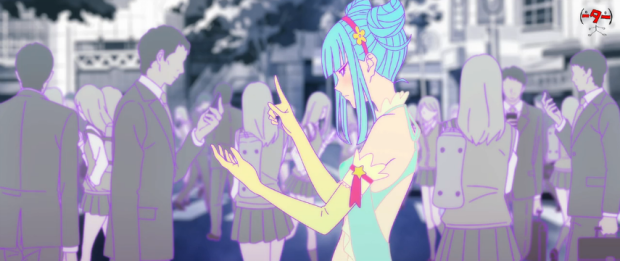Indigenous World Views vs Western World Views
- What is your own world view? And where might those world view ideas come from?
I think really had time to think about such matters; I feel like I am a cog in a bigger machine but at the same time, if I were to stop working, would the machine stop too? No it wouldn’t. I suppose this view comes from life experience and western philosophy.
- How do you think your world view shapes the way you see yourself, others and the world?
I see myself as an individual and everyone else as a individual; we have our own actions to be responsible for, our own wants and needs, etc. The world is a huge place full of interesting and a variety of people with infinite number of possibilities – we only need to take those for ourselves, to better ourselves.
- How might you connect with world view, ideology, identity and a personal perspective and/or differentiate between them?
This is turning my brain to mush, may I skip this?
- You get your sense of belonging in relation to others who share the same set of values, beliefs and ways of being in the world, can you indentify some aspects of that collective world view that marginalize or subordinate other world views.
This is similar to indigenous world views where people stick together for resources and social interaction however, if one learns in high school or in life in general, people form cliques. People in cliques tend to be tight knitted and quick to condemn anyone who does not fit in.
- If your world view is dominant and/or the most widely accepted and unchallenged world view, what might it be like if your world view became the marginalized, un-noticed, or a disregarded world view?
To be honest, I don’t think anyone would care. I just like to be myself and everyone else to be themselves, not be too crazy, etc
- How might the dominant view see you and expect you to live your life?
N/A
6. Return to the Sheilagh Walker text as she offers a world view and perspective in academia. Now what would you say about the world view or her argument.
